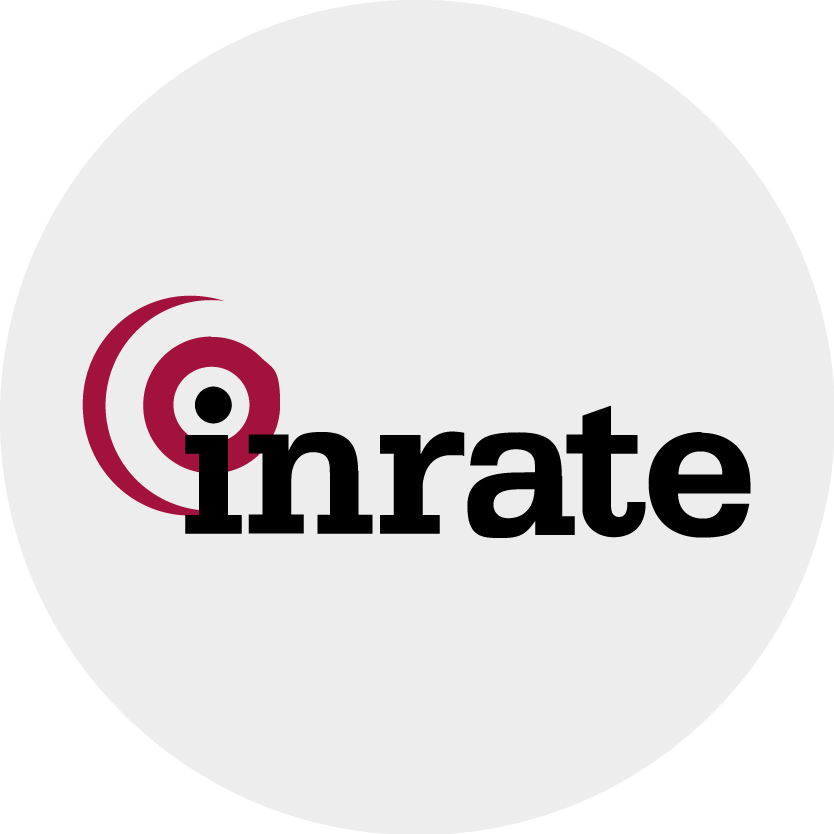In recent years, the financial landscape has witnessed a significant shift toward sustainable investing. With Environmental, Social, and Governance (ESG) factors gaining prominence, regulatory frameworks are evolving to support this transition. One of the most notable regulations in this regard is the Sustainable Finance Disclosure Regulation (SFDR), which came into effect in March 2021. This blog aims to explain what SFDR is, what its implications for investors are, and how they can prepare to comply with its requirements.
Understanding SFDR
SFDR is a European Union regulation designed to enhance transparency regarding sustainability in the financial services sector. Its primary objective is to provide investors with clear and comparable information about the sustainability of financial products. By doing so, SFDR aims to prevent greenwashing—wherein companies or funds falsely claim to be environmentally friendly or sustainable.
The regulation applies to a wide range of financial market participants, including asset managers, financial advisors, and other financial institutions. It requires these entities to disclose how they integrate sustainability risks into their investment decision-making processes and the potential impact of these risks on returns.
Key Components of SFDR
Disclosure Requirements: SFDR mandates that financial institutions disclose information at both the entity and product levels, including details about sustainability risks, the adverse impacts of investment decisions on sustainability factors, and the alignment of financial products with sustainability objectives.
Classification of Financial Products:
Under SFDR, financial products are classified into three categories:
Article 6 Products: These products do not promote any sustainability characteristics and are not aligned with ESG objectives.
Article 8 Products: These products promote environmental or social characteristics but are not primarily focused on sustainable investment.
Article 9 Products: These products are primarily focused on sustainable investment and must meet specific criteria to qualify.
Principal Adverse Impact (PAI): Financial institutions are required to assess and disclose the principal adverse impacts of their investment decisions on sustainability factors. This includes evaluating how their investments affect issues such as climate change, biodiversity, and human rights.
Sustainability Risk Assessment: SFDR requires financial institutions to integrate sustainability risks into their investment processes. This involves assessing how ESG factors may impact the financial performance of investments and considering these risks in decision-making.

Implications for Investors
SFDR has significant implications for investors, particularly those increasingly focused on sustainable investing. Key considerations include:
1. Enhanced Transparency
One of the primary benefits of SFDR is the increased transparency it brings to the investment landscape. Investors will have access to standardized information about the sustainability characteristics of financial products, making it easier to compare options and make informed decisions.
2. Informed Decision-making
With SFDR’s requirement for detailed disclosures, investors can better understand how their investments align with their values and sustainability goals. This information empowers investors to make choices that reflect their commitment to responsible investing.
3. Risk Management
The integration of sustainability risks into investment processes allows investors to better manage potential risks associated with ESG factors. By understanding how these risks may impact financial performance, investors can make more informed decisions and potentially mitigate losses.
4. Regulatory Compliance
Compliance with SFDR is essential for institutional investors. Failure to adhere to the regulation can result in reputational damage and legal consequences. Investors must ensure that their investment strategies align with SFDR requirements to avoid potential pitfalls.
5. Evolving Investment Strategies
As the demand for sustainable investments grows, investors may need to adapt their strategies to align with SFDR classifications. This could involve shifting toward Article 8 or Article 9 products, which promote sustainability characteristics or are primarily focused on sustainable investment.
How to Prepare for SFDR
To navigate the complexities and prepare for the requirements of SFDR, investors should take proactive steps such as:
1. Assessing Current Investment Portfolios
Conducting a thorough assessment of existing investment portfolios to determine how they align with SFDR classifications. Identifying which products fall under the Article 6, Article 8, and Article 9 categories. This analysis will help understand where adjustments may be necessary to comply with SFDR requirements.
2. Develop a Sustainability Strategy
Develop a comprehensive sustainability strategy that outlines a commitment to responsible investing. This strategy should include clear objectives, guidelines for integrating ESG factors into investment decisions, and a framework for assessing sustainability risks.
3. Enhancing Data Collection and Reporting
SFDR requires detailed disclosures, which means that robust data collection and reporting processes are essential. Invest in technology and systems that enable the collection and analysis of relevant ESG data. This facilitates compliance with SFDR requirements and enhances the ability to communicate sustainability performance to stakeholders.
4. Engaging with Stakeholders
Engaging with stakeholders, including clients, regulators, and industry peers, is vital for navigating the SFDR landscape. Foster open communication and collaboration to share insights, best practices, and challenges related to sustainability and SFDR compliance.
5. Monitoring Regulatory Developments
The regulatory landscape is evolving continually, and staying informed about changes in SFDR and related regulations is crucial. Regularly monitor updates from regulatory bodies and industry associations to ensure that investment strategies remain compliant.
6. Considering Third-party Expertise
If an organization lacks the expertise or resources to navigate SFDR requirements effectively, seeking assistance from third-party consultants or experts in sustainable finance can be helpful. These professionals can provide valuable insights and guidance on compliance strategies.

Conclusion
SFDR represents a significant step toward promoting transparency and accountability in sustainable investing. Understanding SFDR and its implications is essential for investors as it allows them to make informed decisions and align investment strategies with sustainability goals.
By preparing for SFDR requirements, investors can enhance their understanding of sustainability risks, improve transparency, and contribute to the broader transition toward a more sustainable financial system.


